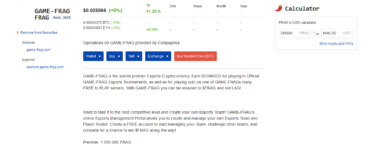Before delving into repairs, it’s essential to understand the basic components of your air conditioner. Typically, an AC system contains an outdoor unit (condenser) and an indoor unit (evaporator). The condenser releases heat outside, while the evaporator cools the air inside. These components work collectively with refrigerant, coils, fans, and filters to manage temperature and humidity.
Common Air Conditioner Problems:
Poor Airflow: If your AC is not blowing enough cold air, it may very well be as a consequence of a clogged filter, blocked vents, or a malfunctioning fan. Repeatedly clean or replace filters and ensure no obstructions hinder airflow.
Warm Air: When warm air comes out of your vents instead of cool air, it may point out points with the compressor, refrigerant levels, or ductwork leaks. A professional should examine and repair these points to stop further damage.
Strange Noises: Banging, rattling, or squealing noises can signal loose components, worn-out belts, or motor issues. Ignoring these sounds can lead to major breakdowns. Turn off the unit and seek professional help to diagnose and fix the problem.
Water Leaks: Leaking water around your AC unit suggests a clogged condensate drain or frozen evaporator coils. Cleaning the drain line and guaranteeing proper insulation can resolve these issues.
Faulty Thermostat: In case your AC fails to turn on or off at the desired temperature, the thermostat is likely to be faulty. Replace the batteries or recalibrate the thermostat to restore functionality.
DIY Air Conditioner Repairs:
While some AC problems require professional intervention, you possibly can troubleshoot and repair minor issues yourself.
Cleaning: Recurrently clean the condenser and evaporator coils, fan blades, and filters to forestall dust and particles buildup, which can impede airflow and efficiency.
Changing Filters: Soiled filters prohibit airflow and strain the system, leading to inefficiency and breakdowns. Replace or clean filters every 1-three months, depending on usage.
Checking Ductwork: Examine ducts for leaks, gaps, or blockages. Seal any leaks with duct tape or mastic sealant and ensure no furniture or objects impede airflow.
Inspecting Wiring: Turn off the facility and visually inspect wiring for signs of wear, damage, or loose connections. Replace damaged wires and tighten connections to forestall electrical issues.
When to Call a Professional:
While DIY repairs can address minor points, certain problems require the experience of a licensed HVAC technician.
Refrigerant Leaks: Handling refrigerant requires specialized training and equipment. In case you suspect a leak, contact a professional to locate and repair it.
Compressor Points: The compressor is the heart of your AC system, and repairing or replacing it demands professional expertise.
Electrical Problems: Defective wiring or electrical parts pose a safety hazard. Depart electrical repairs to certified technicians to keep away from accidents.
Conclusion:
A well-maintained air conditioner ensures comfort throughout hot summer time days. By understanding widespread AC problems and performing regular maintenance, you’ll be able to extend the lifespan of your unit and reduce repair costs. Nevertheless, always prioritize safety and consult professionals for complex repairs to keep your home cool and comfortable throughout the year.
In case you liked this short article as well as you wish to get details with regards to air conditioning repair spanish fort i implore you to visit the web page.

 by damianheinrich
by damianheinrich





